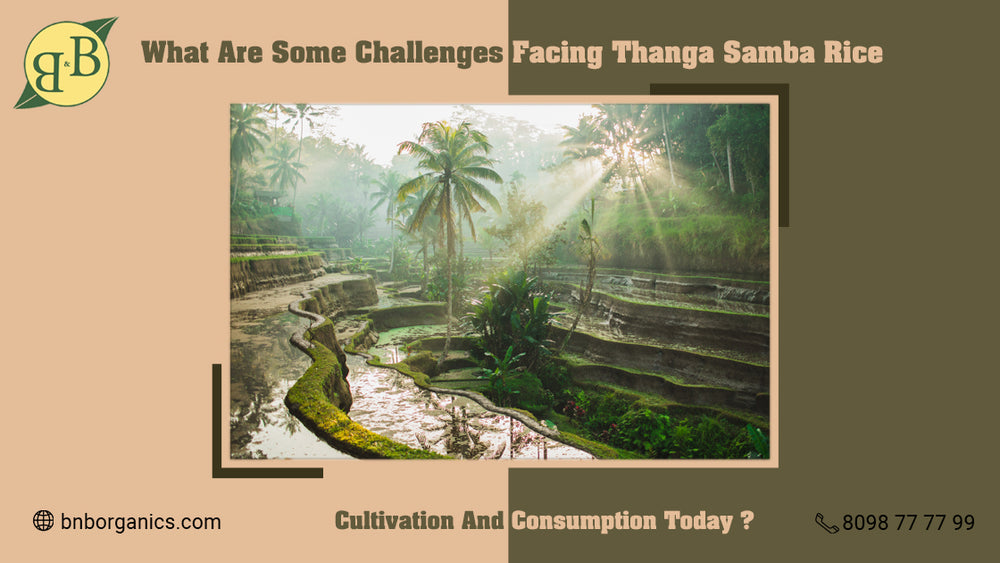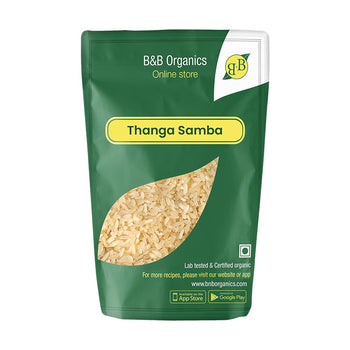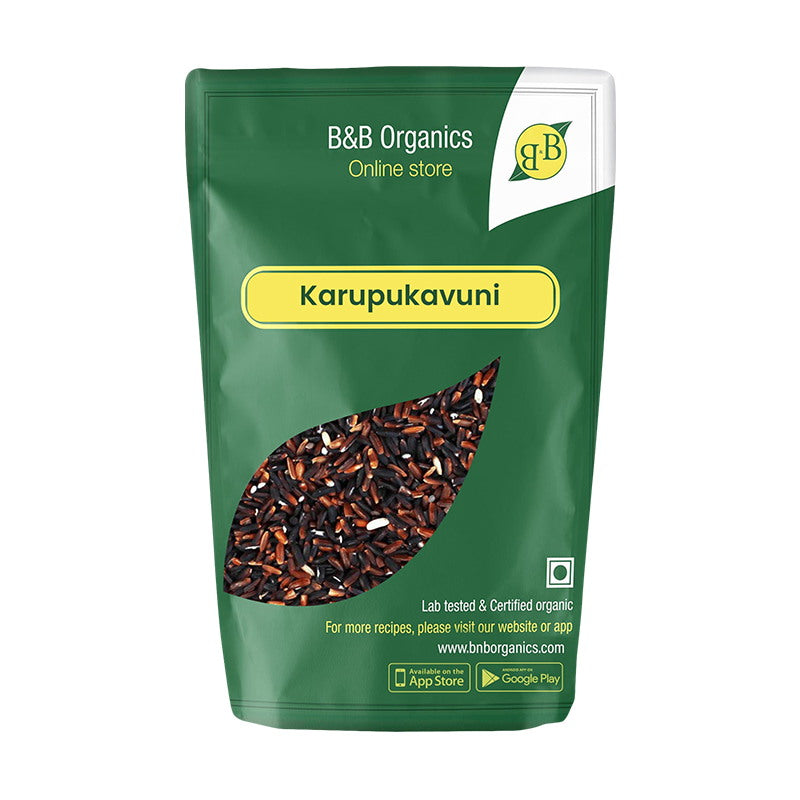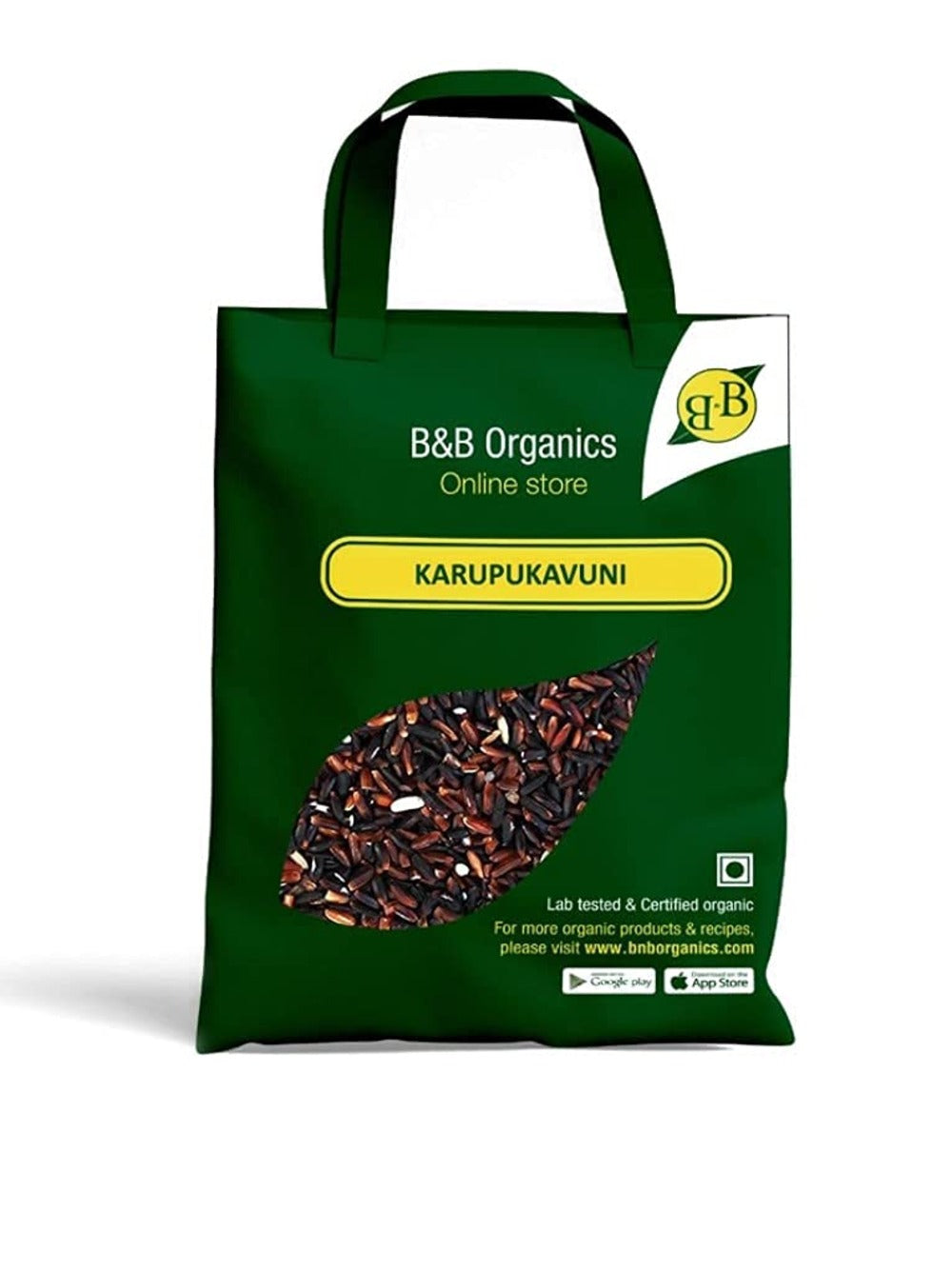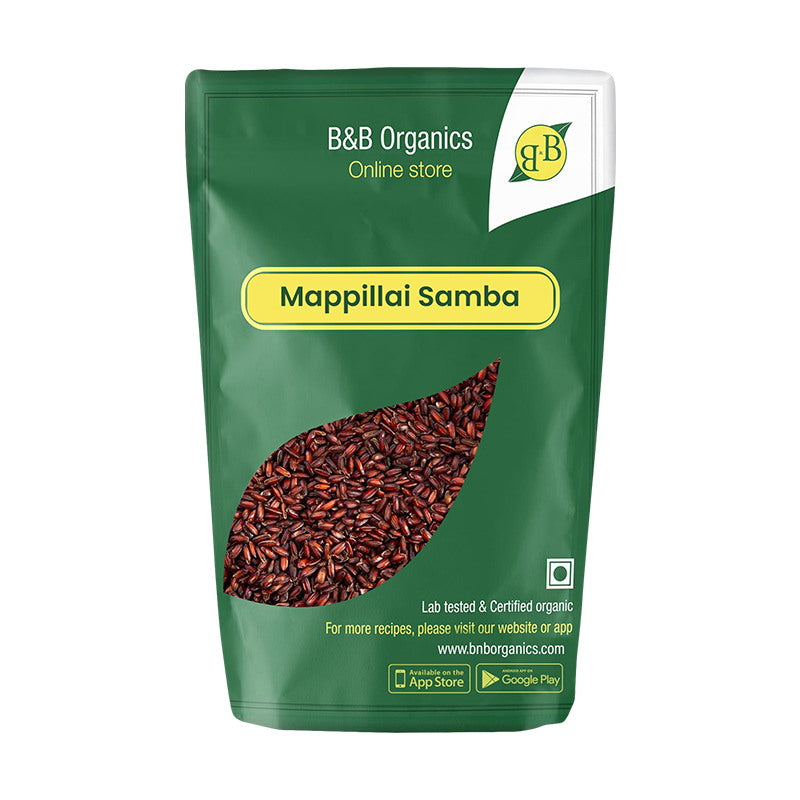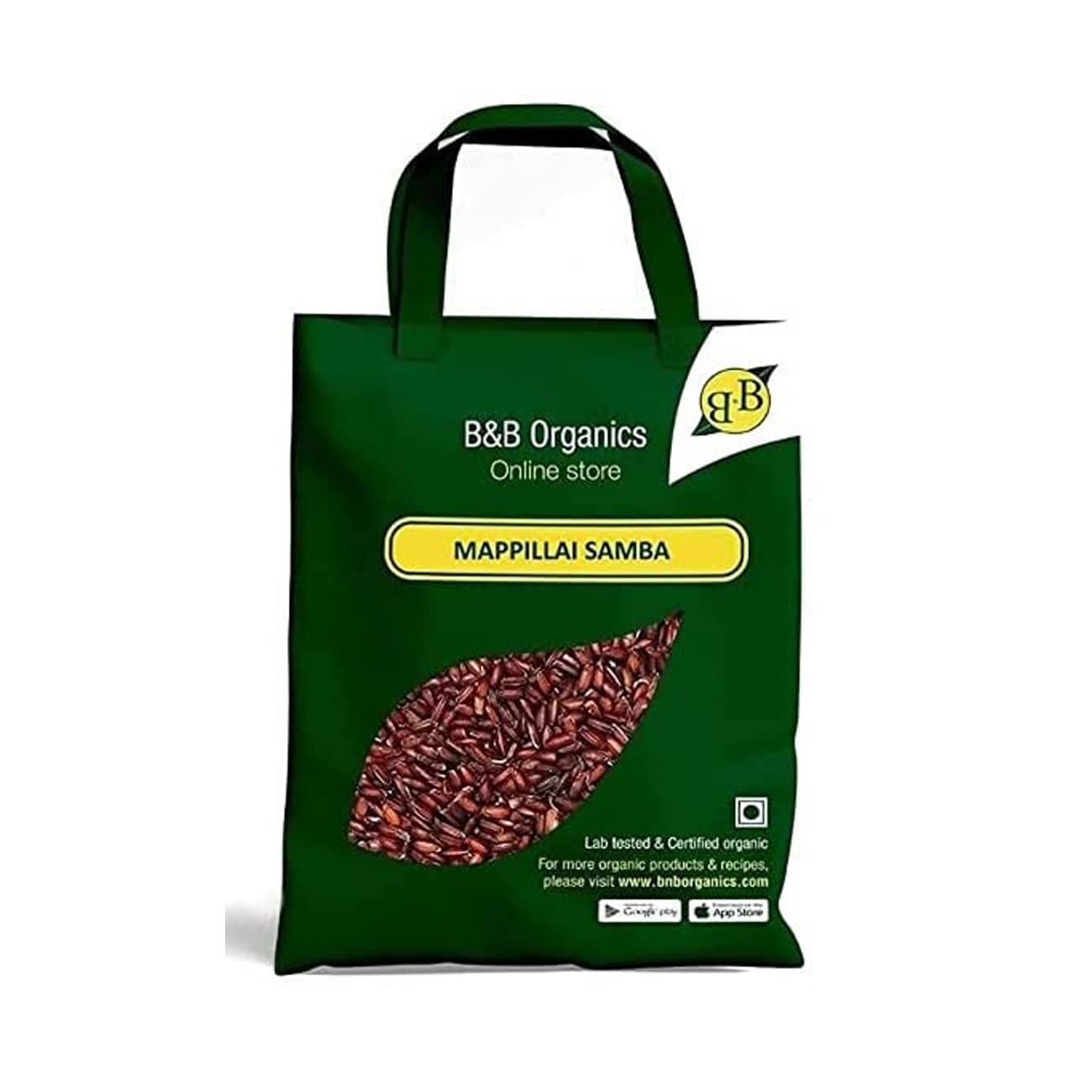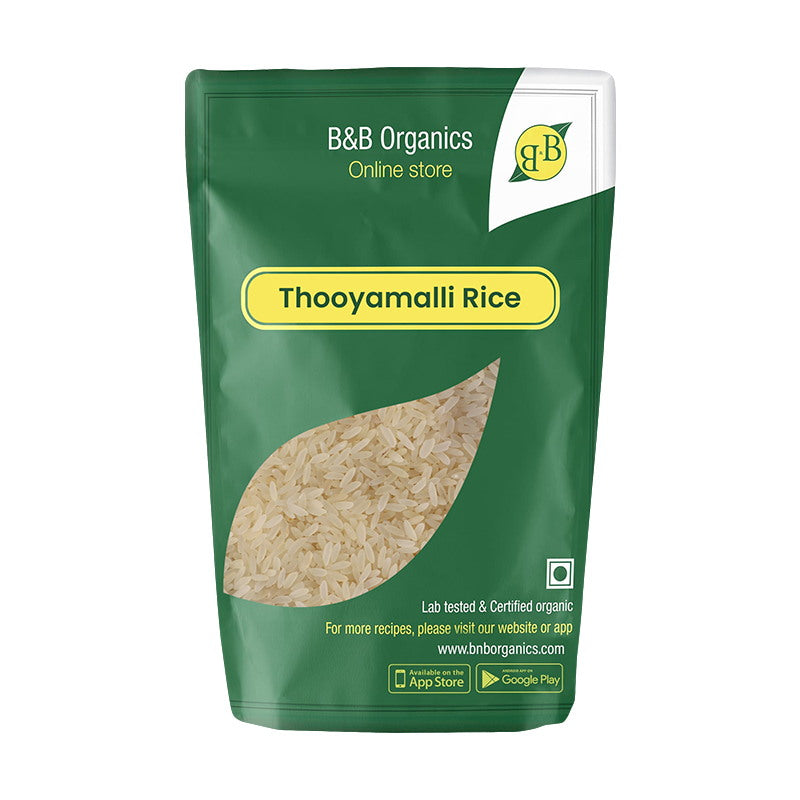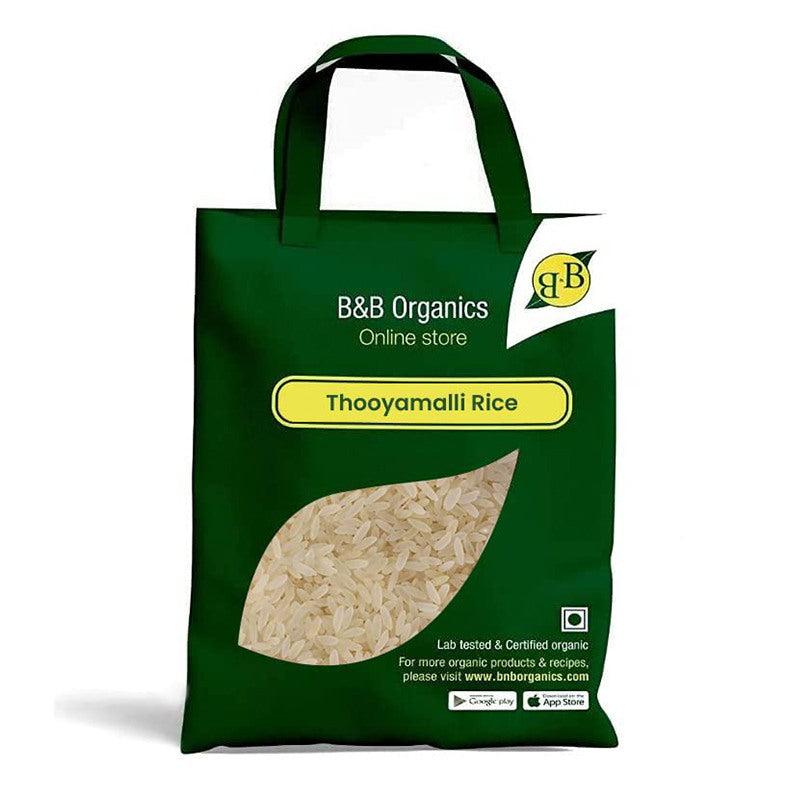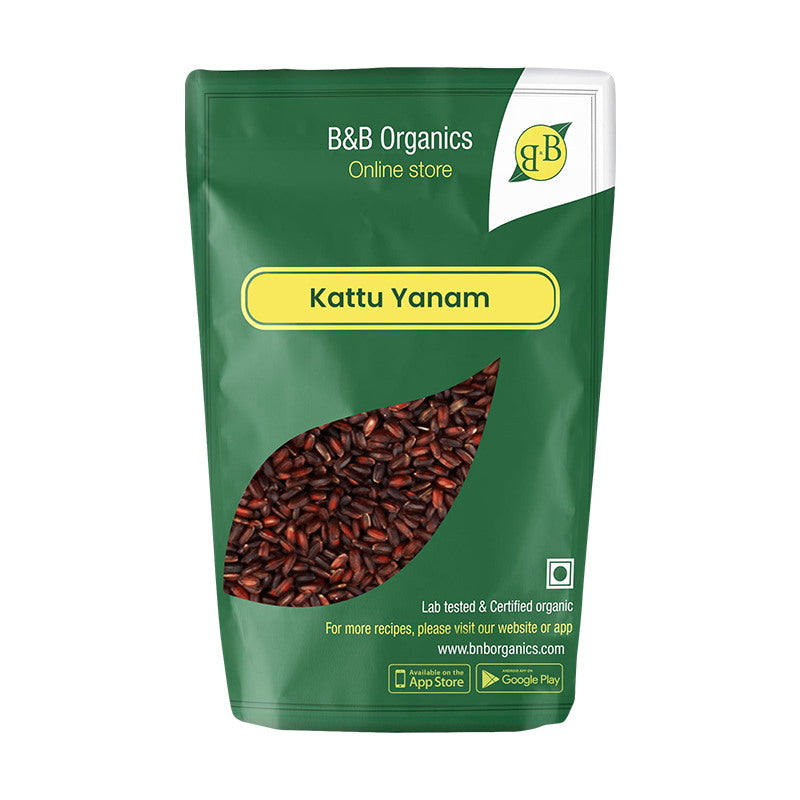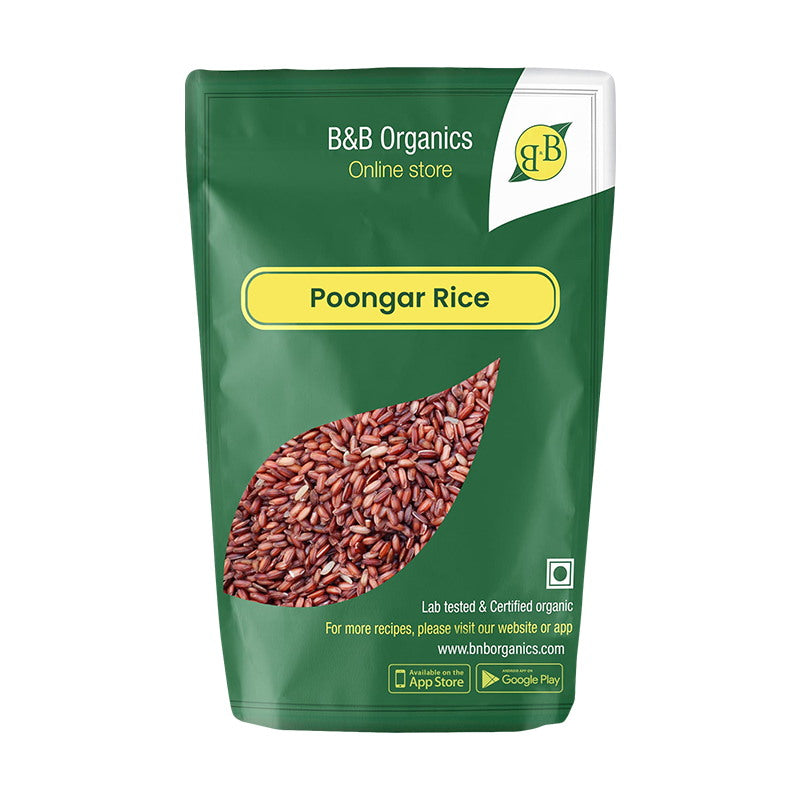While Thanga Samba rice is highly valued for its unique characteristics and sustainability, there are several challenges that affect its cultivation and consumption today. These challenges can impact the availability, accessibility, and overall sustainability of Thanga Samba rice. Here are some key challenges facing Thanga Samba rice cultivation and consumption:
Decreasing Cultivation Area:
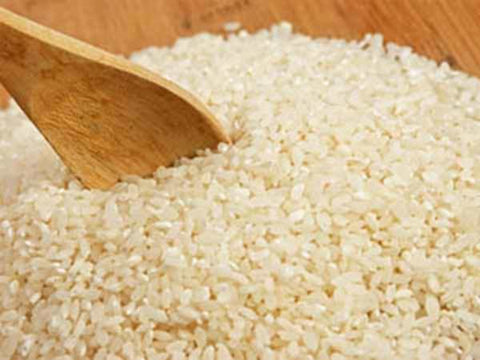
The cultivation area of Thanga Samba rice has been declining over the years. Factors such as urbanization, changing land-use patterns, and the shift towards high-yielding rice varieties have resulted in reduced cultivation areas for traditional rice varieties like Thanga Samba. This decline in cultivation area poses a threat to the preservation of this indigenous rice variety.
Limited Seed Availability:
Availability of quality seeds is crucial for the cultivation of Thanga Samba rice. However, the availability of certified seeds and the preservation of pure seed varieties are limited. The lack of adequate seed production and distribution systems hampers the expansion of Thanga Samba rice cultivation and poses a challenge for farmers who want to adopt or continue cultivating this variety.
Market Demand and Pricing:
Thanga Samba rice faces challenges in terms of market demand and pricing. While there is a niche market for this traditional rice variety, the overall demand may be lower compared to high-yielding rice varieties. The pricing of Thanga Samba rice can also be a concern, as it may be relatively higher due to its unique characteristics and limited availability, which can limit its accessibility to certain segments of consumers.
Climate Change and Pest Management:
Climate change impacts, such as erratic rainfall patterns, rising temperatures, and increased incidence of pests and diseases, pose challenges to Thanga Samba

rice cultivation. Changes in weather patterns can affect the growth and yield of the rice crop, requiring farmers to adapt their cultivation practices. Additionally, pests and diseases specific to rice cultivation can pose challenges that need effective management strategies.
Knowledge and Skill Transfer:
The traditional knowledge and skills associated with Thanga Samba rice cultivation need to be transferred to younger generations. The declining interest among younger farmers to cultivate traditional rice varieties and the lack of awareness about the value and benefits of Thanga Samba rice can pose challenges for its continued cultivation and consumption.
Support and Recognition:
Thanga Samba rice cultivation requires support from various stakeholders, including government bodies, agricultural institutions, and consumers. Adequate support in terms of research and development, infrastructure, market linkages, and policy initiatives can contribute to the sustainability and growth of Thanga Samba rice cultivation. Additionally, recognizing and promoting the cultural and environmental significance of Thanga Samba rice can create awareness and foster its continued consumption.
Addressing these challenges requires collaborative efforts from farmers, researchers, policymakers, and consumers. Initiatives to increase cultivation areas, improve seed availability, enhance market demand, develop climate-resilient practices, and promote knowledge transfer can contribute to overcoming these challenges. By recognizing the importance of Thanga Samba rice and supporting its cultivation and consumption, we can ensure its preservation and sustainability for future generations.


